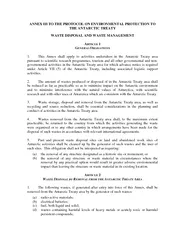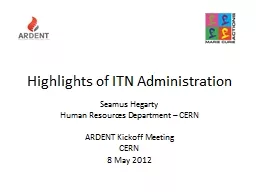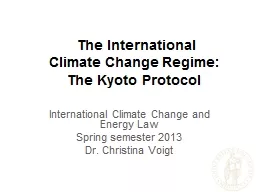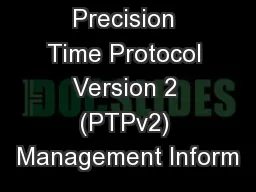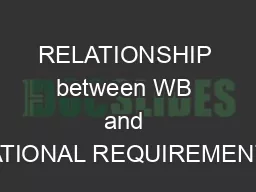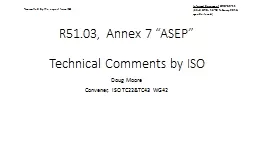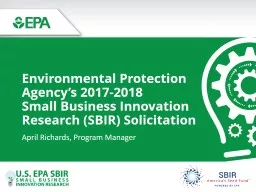PDF-ANNEX III TO THE PROTOCOL ON ENVIRONMENTAL PROTECTION
Author : min-jolicoeur | Published Date : 2015-04-28
This Annex shall apply to activities undertaken in the Antarctic Treaty area pursuant to scientific resear ch programmes tourism and all other governmental and non
Presentation Embed Code
Download Presentation
Download Presentation The PPT/PDF document "ANNEX III TO THE PROTOCOL ON ENVIRONMENT..." is the property of its rightful owner. Permission is granted to download and print the materials on this website for personal, non-commercial use only, and to display it on your personal computer provided you do not modify the materials and that you retain all copyright notices contained in the materials. By downloading content from our website, you accept the terms of this agreement.
ANNEX III TO THE PROTOCOL ON ENVIRONMENTAL PROTECTION: Transcript
Download Rules Of Document
"ANNEX III TO THE PROTOCOL ON ENVIRONMENTAL PROTECTION"The content belongs to its owner. You may download and print it for personal use, without modification, and keep all copyright notices. By downloading, you agree to these terms.
Related Documents

